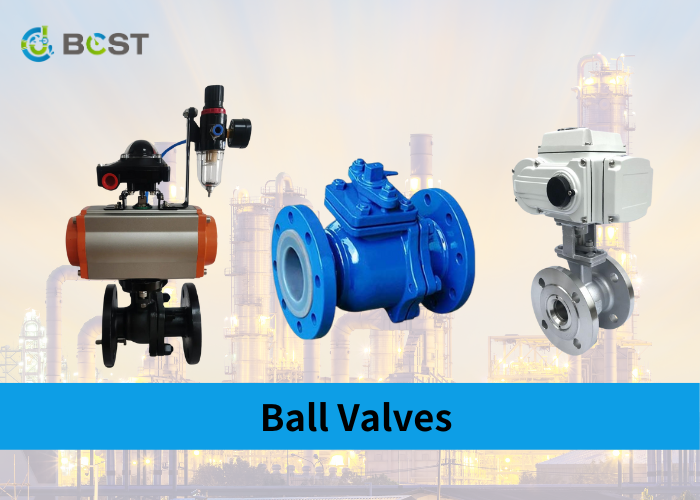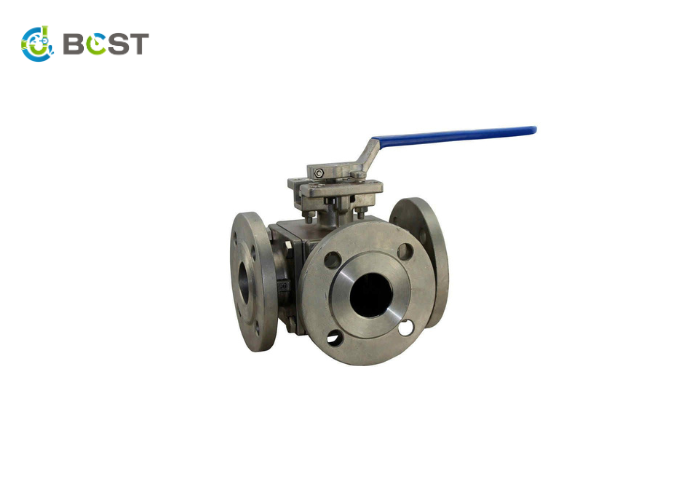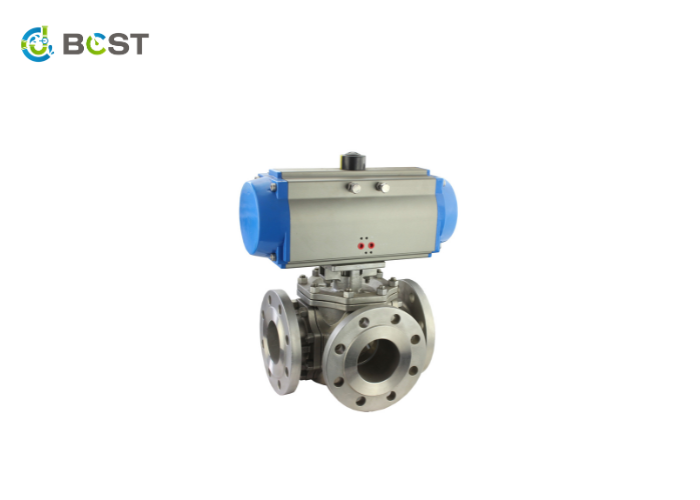
In the intricate dance of fluid control systems, ball valves emerge as unsung heroes, seamlessly regulating the flow of liquids and gases. However, like any mechanical marvel, these valves demand attention to ensure their prolonged efficiency. Welcome to the world of ball valve maintenance, where the precision of a well-maintained valve can make all the difference in industrial operations. In this blog, we delve into the art of preserving and optimizing ball valve performance, exploring the key steps and best practices that empower engineers and operators to keep these vital components in top-notch condition.
This article discusses the significance of ball valve maintenance and a complete ball valve maintenance program. The following are indications that a ball valve needs maintenance:
- Leaks
- Trouble twisting the ball valve handle
- Strange noises or vibrations
- Corrosion or other apparent damage signs

Steps for Maintaining a Ball Valve
To avoid difficulties, a systematic approach to ball valve maintenance is required, which includes frequent inspections, cleaning, lubrication, and testing.
- Regular cleanings: Cleanings on a regular basis: It is critical to keep ball valves clean in order to extend their lifespan. It is advised that they be cleaned at least once a year or more frequently if the surroundings are mostly dust or dirt. Remove any oil, dust, or dirt from the casing with a soft towel. Clear any buildup on the valve stem or other components with a wire brush. Cleaning solutions that are suitable for the valve materials, such as alcohol or water-based cleaners for non-metal parts and compressed air or gas-based cleaners for metal components, should be used.
- Valve lubrication: Ball valve lubrication is critical for preventing abrasion and ensuring the smooth operation of valve parts. Choose a lubricant that is compatible with the valve materials and system media, such as water-insoluble, synthetic, or oil-based lubricants. However, solid or clay-based lubricants must be avoided since they can build inside the valve chamber.
- Routine inspections: Examine the valve’s seats, seals, and stem for signs of corrosion, leaks, or damage to check for normal wear and tear. In high-pressure and high-cycle applications, examine more frequently.
Consider the following variables:
- Tightness of bolts, nuts, and other hardware. Loose bolts and nuts can cause the valve to shift or fail, damaging equipment.
- Corrosion or mineral buildup
- Leaks
- Correct operation of ball valves during opening and closure
- Accurate position indication (including static valves)
- Adequate area ventilation and air filtration
- Replace the worn-out components as needed.
- Scheduled plant shutdowns: These are great for ball valve inspections. The valves are removed from the piping system, disassembled, and cleaned, and old or broken components are replaced. Pay close attention to the seals and other rubber components.
- Regular testing: Regular testing, like pressure testing (filling the valve body with a testing fluid and applying pressure for a specified length to check if it leaks), is essential to ensure the ball valve functions correctly.
- Storage: Storage: Keep the ball valve in a cool, dry place away from direct sunlight and extreme temperatures. The ideal temperature for the storage space is between 0°C (32°F) to 49°C (120°F). To avoid damage during travel or storage, keep the valve in its original packaging or a protective container if possible.

Factors Influencing Ball Valve Lifespan
- Media: Typically, ball valves are used to control the on/off flow of liquids and gases such as water, oil, air, and chemicals. However, media containing abrasive dispersed particles can cause early failure of valve seals, resulting in leaks or higher operating torque and eventually actuation failure. The use of abrasive media with ball valves affects their longevity.
- Materials: Plastic ball valves are cost-effective but unsuitable for high-temperature environments and have a shorter lifespan than metal valves. For safety reasons, metal valves are recommended for use with pressurized gases, and it is critical to ensure that the valve body and seal materials are compatible with the media flowing through the valve.
- Temperature and pressure ratings: It is critical to evaluate a valve’s pressure and temperature ratings when considering its applicability. The rating defines the appropriate materials, valve design, and seal materials to utilize. The rating, coupled with the cycle frequency, has a considerable impact on the ball valve’s longevity. A ball valve can last for years if used in an application close to its pressure/temperature rating and cycled seldom. However, if the same valve is cycled frequently in the same application, it may require regular replacement.
Ball valves can be controlled manually, pneumatically, electrically, or hydraulically.
- Pneumatic actuators have short cycle times and a long life.
- Electric actuators are appropriate for low cycle speeds and settings where compressed air is not available.
- Hydraulic actuators have a high torque output but are usually more expensive and may require additional components to perform properly.
Advantages of Ball Valve Maintenance
- Longevity: Routine maintenance and quality inspections are required to discover any flaws with the ball valve that, if overlooked, could result in equipment failures, damaged parts, or worker injuries. Ball valves that require little to no maintenance and endure a long period help to save money, reduce downtime, and keep production on track.
- Security and safety: Ball valve maintenance experts can quickly identify potential issues, lower the risk of emergency repairs, and prevent any hazardous leaks in the piping or processing system.
- Reduced need for shutdowns: Certain phases in ball valve maintenance can be conducted while the valve is in operation, allowing the system to function uninterrupted and reducing the need for costly shutdowns.






